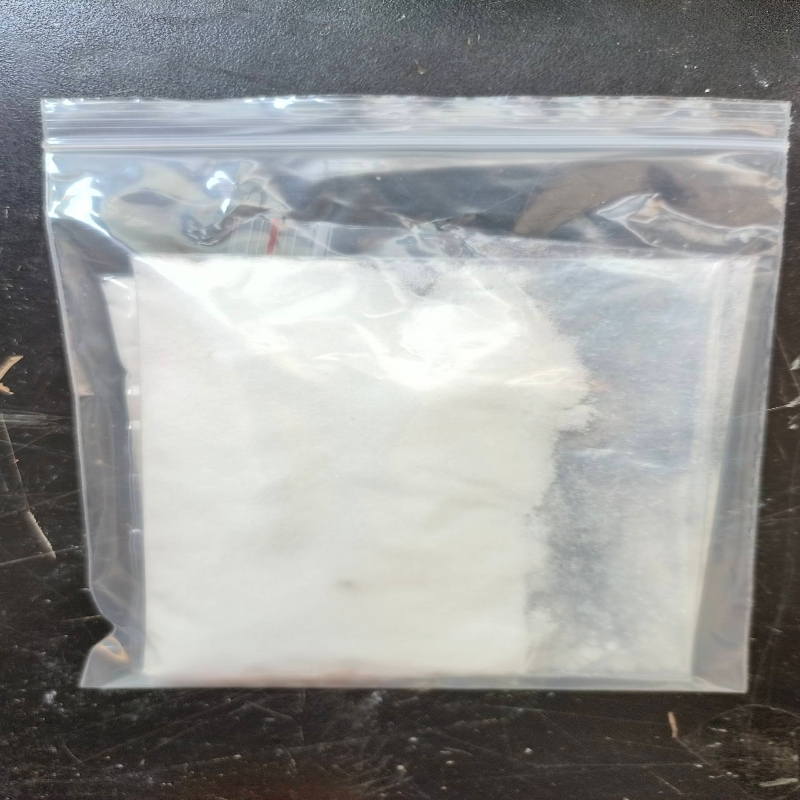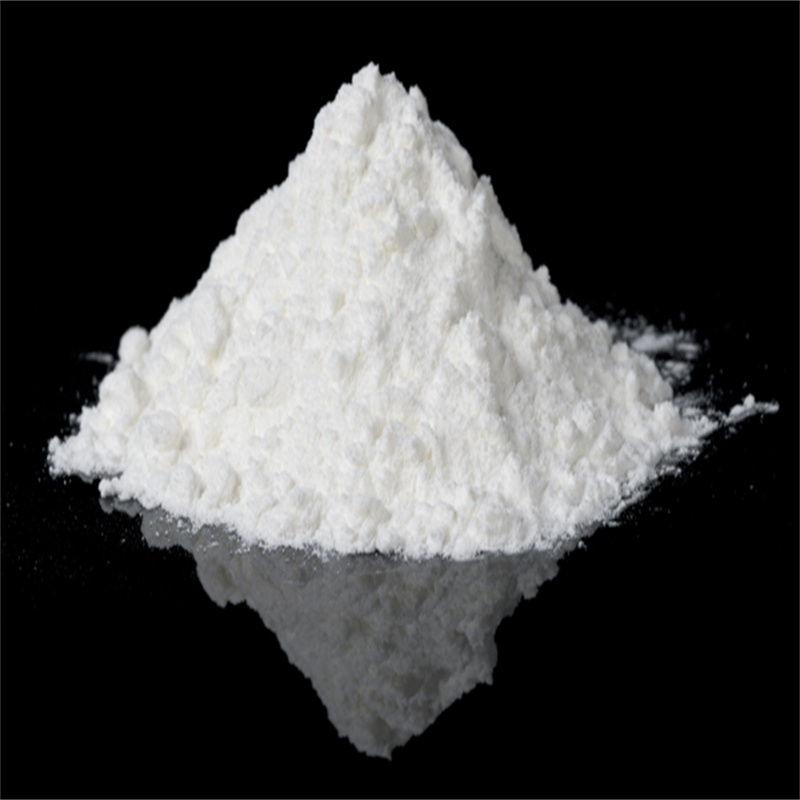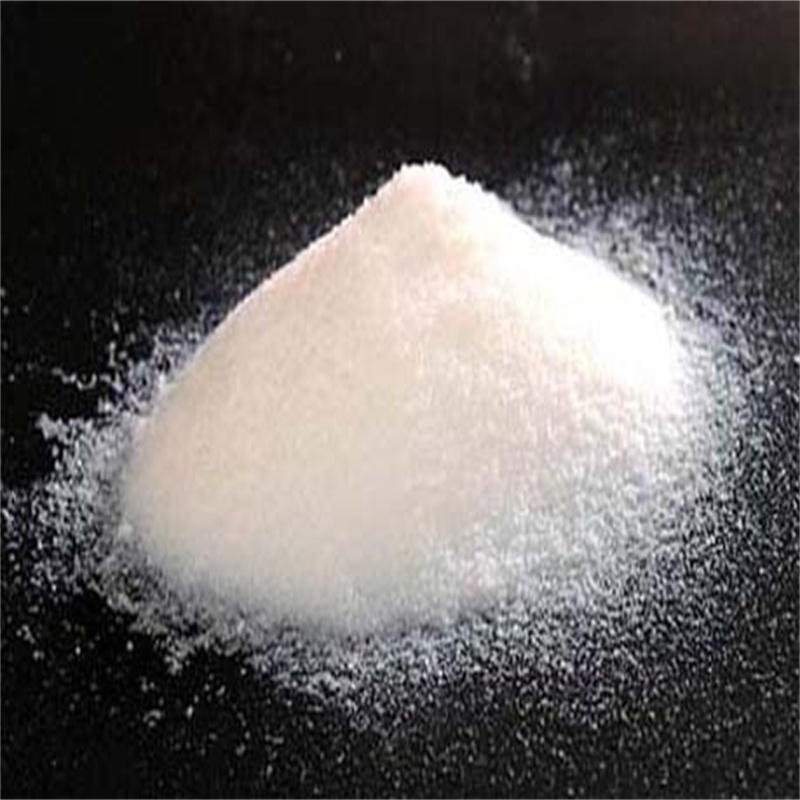-
Categories
-
Pharmaceutical Intermediates
-
Active Pharmaceutical Ingredients
-
Food Additives
- Industrial Coatings
- Agrochemicals
- Dyes and Pigments
- Surfactant
- Flavors and Fragrances
- Chemical Reagents
- Catalyst and Auxiliary
- Natural Products
- Inorganic Chemistry
-
Organic Chemistry
-
Biochemical Engineering
- Analytical Chemistry
-
Cosmetic Ingredient
- Water Treatment Chemical
-
Pharmaceutical Intermediates
Promotion
ECHEMI Mall
Wholesale
Weekly Price
Exhibition
News
-
Trade Service
Pigments and fillers can be roughly divided into four categories according to their properties and functions: coloring pigments, metallic pigments, functional pigments, and extender pigments (fillers).
Inorganic pigments include carbon black, iron oxide pigments, chromium pigments, etc.
Metallic pigments: mainly include floating and non-floating aluminum powders, copper-gold powders and pearlescent pigments of various tones, metallic nickel powders and stainless steel powders.
Extender pigments (fillers): Broadly speaking, there are titanium dioxide (anatase and rutile), calcium carbonate (light and heavy, etc.
The use of functional pigments in coatings can impart special properties to the coatings, such as special decorative effects (metallic texture, pearlescent luster, luminous, fluorescent, etc.
The dispersion process of pigments and fillers can be divided into three processes:
Wetting process: refers to the process in which the pigment is stably dispersed in the paint, and the paint replaces air and moisture to coat the exposed surface of the pigment.
Deaggregation process: refers to the process of recovering pigment agglomerates and aggregates to or close to their original particles with the help of external mechanical force.
Stabilization process: It means that the pigment particles that have been depolymerized and moistened by the paint are dispersed for a long time by a large number of continuous non-volatile film-forming substances, so that the dispersion system is not affected by the external mechanical force.







